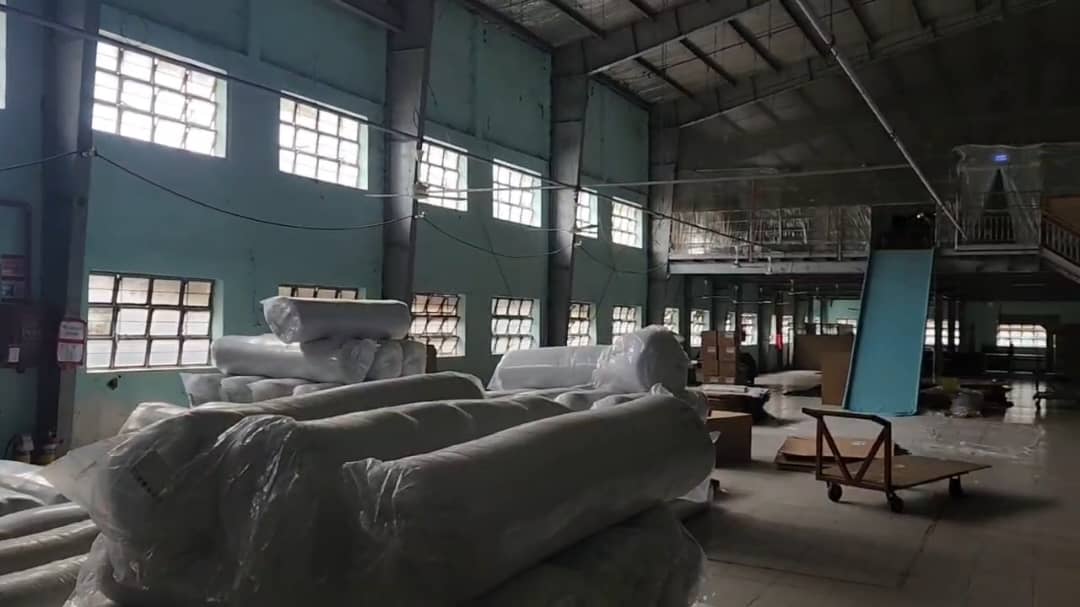Navigating Import Costs: Why American Brands Are Looking Beyond China to Vietnam and India
The global trade landscape has been undergoing a transformation, compelling American brands to reassess their supply chains. One of the most significant shifts has been the rising import costs from China due to increased tariffs. In response, sourcing from alternative hubs like Vietnam and India is becoming more attractive. This article explores the differences in import costs between China and these emerging manufacturing centers, along with strategies to mitigate challenges while maintaining product consistency.
The Tariff Landscape: China vs. Vietnam and India
China has long been a key player in manufacturing, offering unmatched infrastructure, skilled labor, and deep supply chains. However, the increased tariffs imposed by the U.S., particularly under Section 301, have significantly impacted the cost structure of importing from China.
Tariffs on Chinese Imports: The additional 25% tariff under Section 301, applied to a wide range of products, is added to the existing base duty rates in the Harmonized Tariff Schedule of the United States (HTSUS). This has led to notably higher import costs for American brands, pressuring profit margins and pricing strategies.
Vietnam and India: By contrast, imports from Vietnam and India are generally not subject to these additional tariffs. They only incur the base HTSUS duty rates, which can be considerably lower. This tariff advantage provides immediate cost savings and makes these countries more competitive as sourcing alternatives.
Material and Machinery Access: Overcoming Challenges
While Vietnam and India present promising alternatives with favorable tariff conditions and competitive labor costs, they come with their own set of challenges. One of the most prominent is the limited access to raw materials and advanced machinery compared to China.
Strategic Solution: Importing from China to Maintain Product Consistency
To address these limitations, American brands can work with factories in Vietnam and India to import specific materials and machinery from China. This approach helps ensure that the end product remains consistent in quality and specifications with what was previously produced in China. The key advantage here is that while the final product benefits from a lower tariff by being manufactured in Vietnam or India, it avoids the Section 301 tariffs that would apply if it were imported directly from China.
Importing Components: Most components used in Vietnamese manufacturing are imported from various countries, including China. By strategically importing necessary materials and machinery, factories in Vietnam and India can replicate production processes similar to those in China while maintaining competitive costs.
The Cost Implications for American Brands
Higher Costs from China:
- Section 301 Tariffs: The 25% surcharge significantly raises the total landed cost for products.
- Rising Production Costs: Higher wages and regulatory expenses in China contribute to increased manufacturing costs.
- Complex Compliance Requirements: These add operational costs that further reduce margins.
Advantages of Vietnam and India:
- Standard Duty Rates Only: Without the additional 25% tariff, imports from these countries remain more economical.
- Lower Labor Costs: Both Vietnam and India offer labor at a more competitive rate compared to China.
- Growing Capabilities: Significant investments in infrastructure have enabled these countries to handle a broader range of manufacturing needs.
Mitigating Limitations Through Strategic Imports:
- Importing Materials and Machinery: Importing specialized components or machinery from China to Vietnam and India ensures product consistency and quality. By collaborating with local experts who facilitate these imports, brands can maintain production standards while benefiting from reduced import duties.
- Maintaining Compliance: Since these imported components contribute to the final product made in Vietnam or India, the finished goods still qualify for the standard, lower tariff rates when imported into the U.S.
Beyond Tariffs: Considerations for Successful Transitions
Quality Control and Supplier Vetting: Establishing relationships with reliable suppliers in Vietnam and India is essential. Ensuring they can match the quality standards previously upheld in China may require additional oversight or collaboration with partners experienced in quality control.
Cultural and Communication Differences: Navigating different business practices and languages requires adaptability. Working with local project managers who understand both the cultural context and business environment can bridge communication gaps and streamline operations.
Strategic Partnerships: Leveraging experienced partners who can facilitate the import of essential materials and machinery from China to Vietnam or India can be a game changer. It allows for seamless transitions without compromising on product quality, while still benefiting from the cost advantages of manufacturing outside China.
Conclusion: Diversification as a Strategic Necessity
For American brands, the decision to diversify their supply chain away from China to countries like Vietnam and India is more than just a response to tariffs—it’s a strategic move for long-term resilience. While challenges such as limited access to materials and machinery exist, they can be mitigated through strategic imports from China. This approach allows brands to maintain product consistency while avoiding the steep tariffs that come with direct imports from China.
Diversifying sourcing not only reduces tariff costs but also helps mitigate risks associated with over-reliance on a single country. Brands that proactively embrace this strategy will position themselves for greater flexibility, cost efficiency, and adaptability in an evolving global trade landscape.




